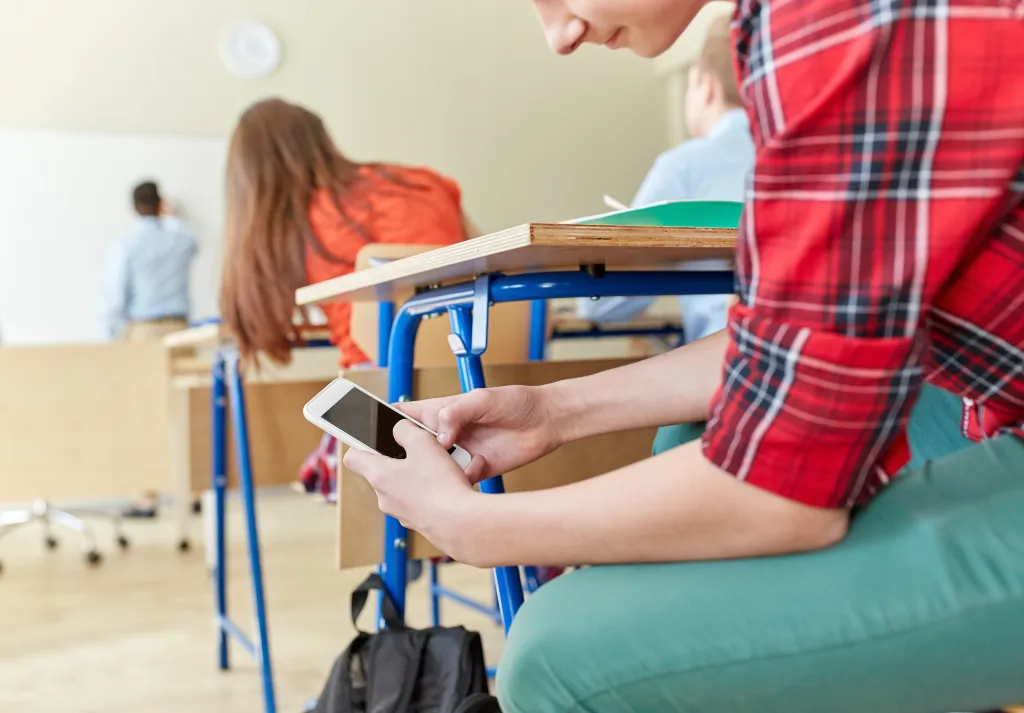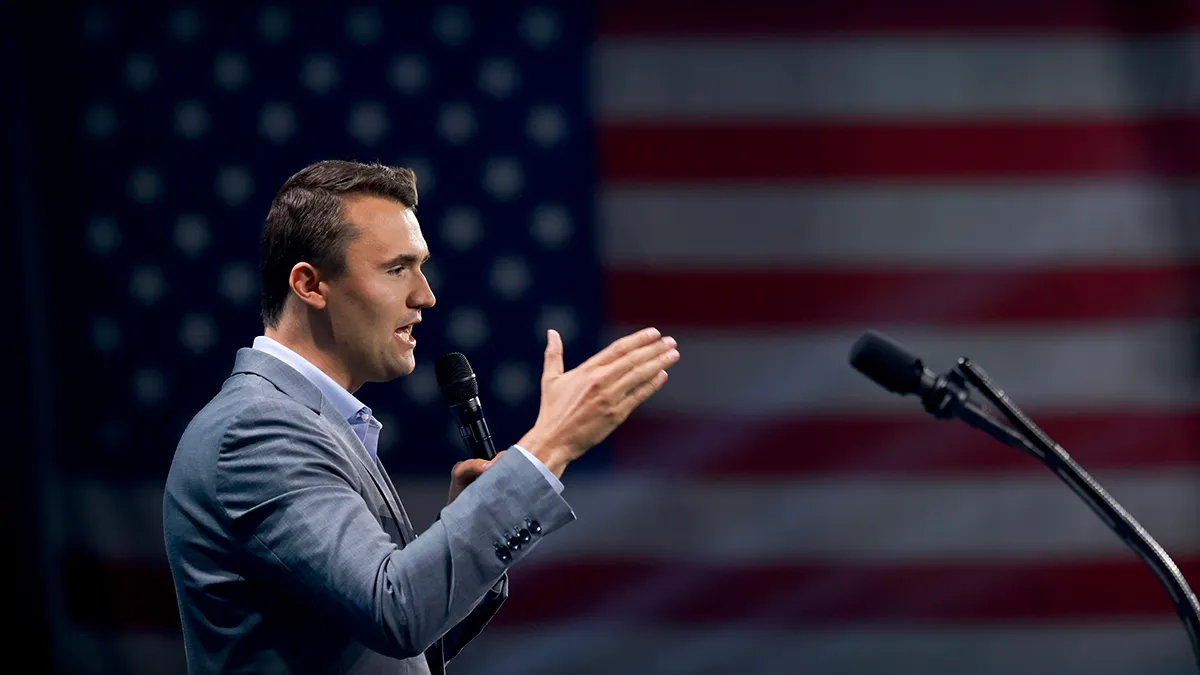
When Virginia’s schools opened for the new academic year, students had fewer distractions throughout the day. Cellphones, once ubiquitous in schools, were stowed away — out of sight and no longer a serious impediment to learning, both academic and social.
For that, we can thank a concerted and cooperative effort in Virginia to ban cellphones “bell-to-bell” — from the time the first bell starts the school day until the dismissal bell rings at day’s end. This is the first full academic year the ban has been in effect.
Some school divisions, including Virginia Beach and Chesapeake, had already imposed restrictions on cellphone use in classes rather than waiting for action from Richmond. The new ban, applying to all the state’s public schools, goes a step beyond banning cellphones in classrooms and includes time in the halls, at break times and during lunch.
That broad ban reflects the thinking and research that went into this important statewide policy. Gov. Glenn Youngkin, legislators from both sides of the aisle, educational leaders and many parents share concerns that cellphones are a distraction that interfere with learning and are a temptation to get unauthorized help with their schoolwork.
They and others are also rightly worried about other ways cellphone use can affect children and teenagers. Study after study has shown that too much screen time — especially when social media are involved — can affect a young person’s physical and mental health, leading to anxiety, depression and even suicidal thoughts.
Social media can make kids think they are inferior and that everyone else is better looking, smarter or more popular. Texting and social media interactions make it easy for a young person to be bullied. If students cannot use their cellphones for the duration of a school day, that’s a definite plus.
And children who crawl into their cellphones during breaks or lunch time are missing out on important social interactions that will enable them to develop socially, make friends and get along with others.
Parents are an important part of making this new policy work. If parents support the change and encourage their children to cooperate, that will make enforcing the ban easier for school personnel.
State officials proceeded thoughtfully and carefully with the ban. The governor’s executive order instructed both education and health officials to produce guidelines to help school divisions implement their bans. Officials held public meetings across the state to hear what parents, school boards, education professionals and school nurses had to say, and they sought extensive online input.
They established policies to deal with parents’ concerns, including students with medical needs that require phone app monitoring. A major worry was parents’ need to communicate with students and schools during emergencies, both at school and within a family. The new guidelines include directives to improve schools’ communication with parents during emergencies and also when parents just need to get word to their children during the school day.
The ban includes age-appropriate differences for children in elementary, middle and high schools. Elementary students must not use a cellphone on school grounds. School divisions make rules about cellphones on buses carrying elementary students.
For middle schools, school divisions decide about phone use on school grounds and buses and at activities.
High school students may use their phones on campus before and after the school day. School divisions dictate phone use during field trips, athletic events and other activities and travel.
It would be hard to overstate the importance of this first year of the statewide bell-to-bell cellphone ban. Parents, school personnel and, yes, students should cooperate to make the new reality work as smoothly as possible.
The ban is not unreasonable or harsh. It is a wise investment in our children. Paying attention to their studies, their fellow students and their teachers will do a lot more to prepare young people for a productive life than will immersing themselves in the artificial world of TikTok, Instagram, Snapchat and YouTube.



